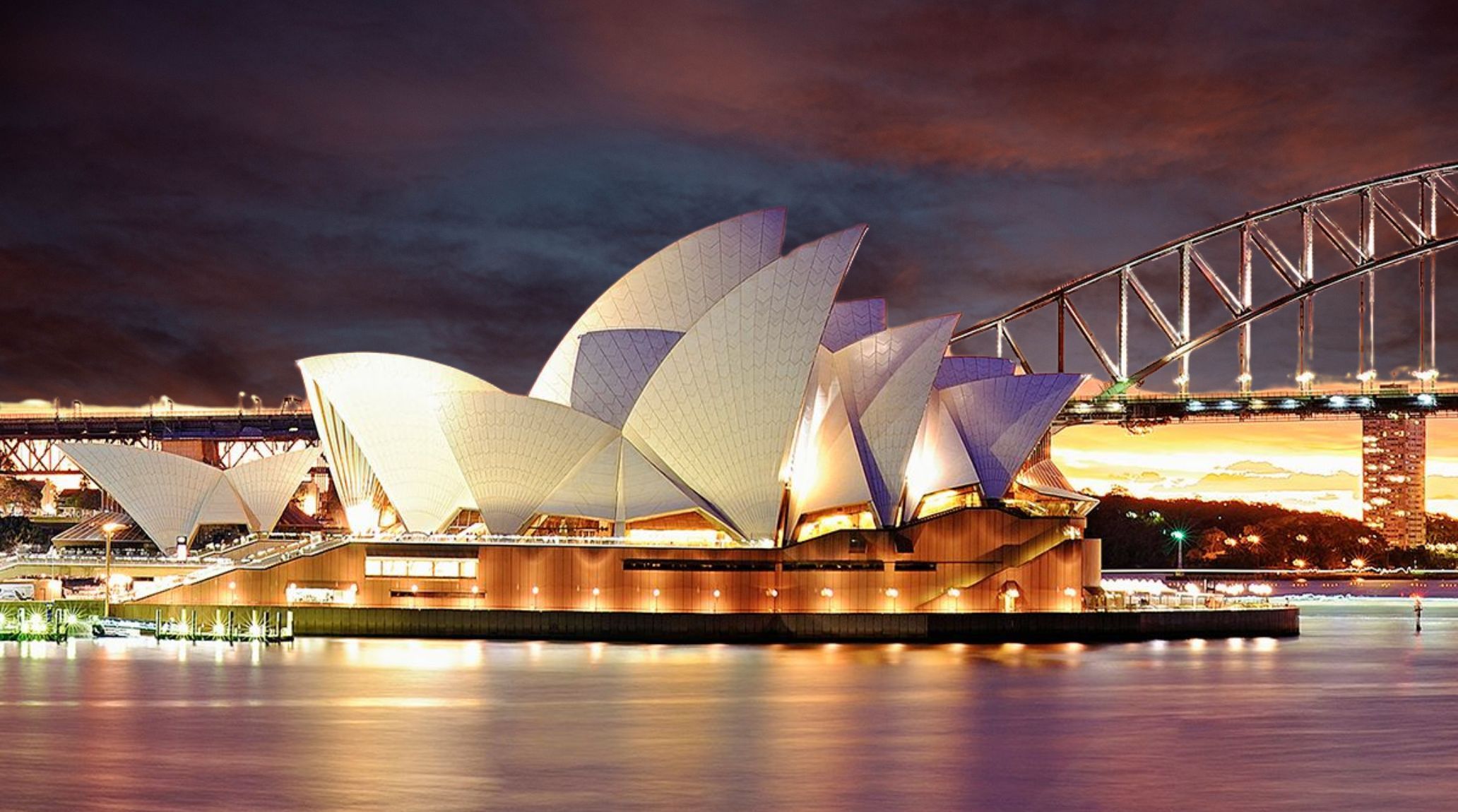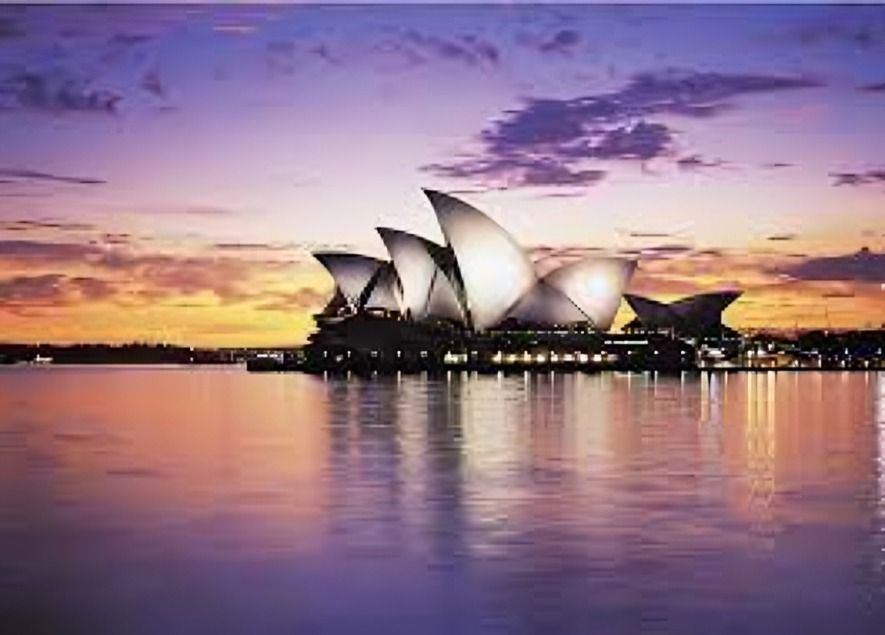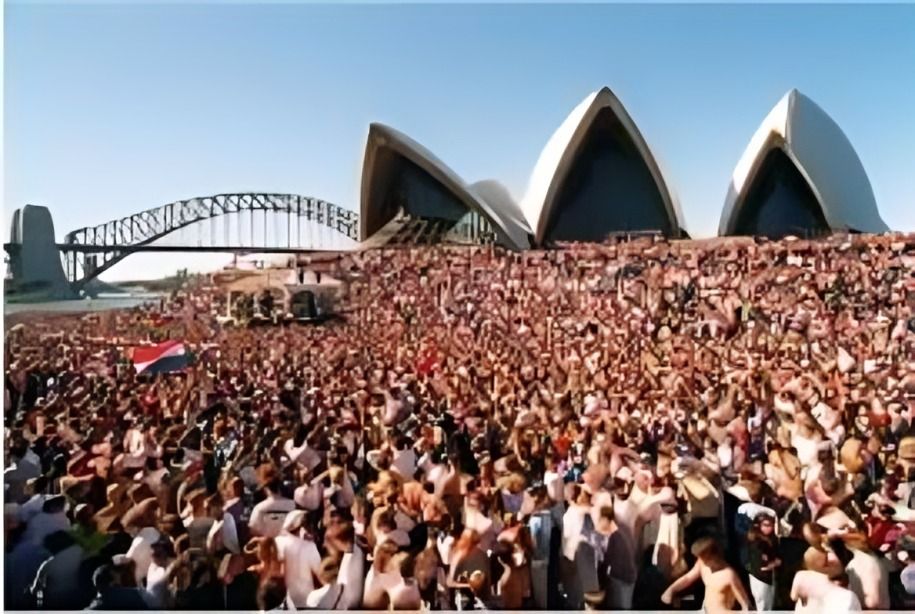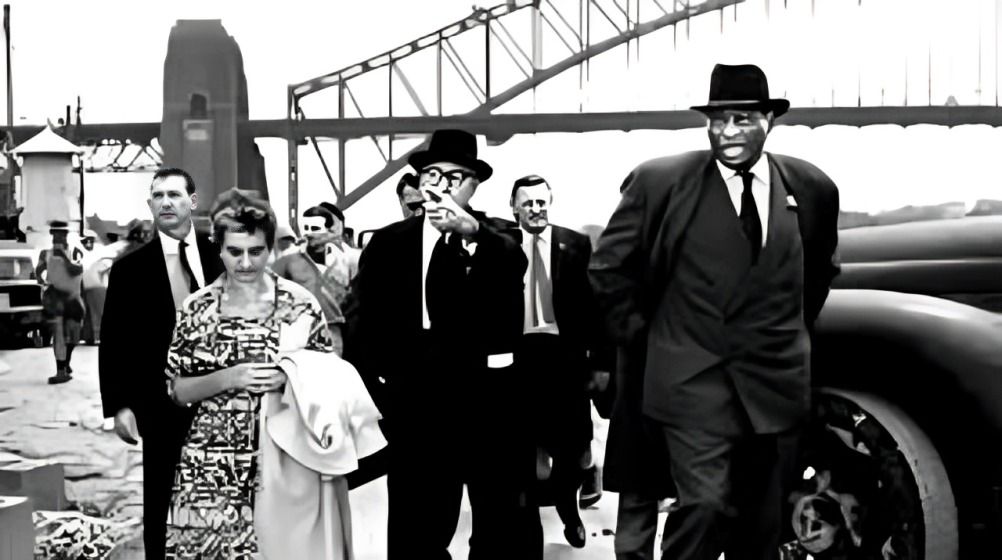
“
The Sydney Opera House is one of the most recognizable and iconic landmarks in the world, drawing millions of visitors each year. Its unique architecture, stunning location, and cultural significance make it an international symbol of Australia. But beyond its beauty, there are countless mind blowing facts about Sydney Opera House that many people don’t know. From its groundbreaking design to the challenges faced during its construction, the Opera House holds fascinating secrets and stories. In this article, we’ll uncover 20 mind blowing facts that will change the way you see this architectural masterpiece and global cultural hub.1
1
”
The Sydney Opera House, designed by Danish architect Jørn Utzon, opened in 1973 after a 15-year construction period. Its iconic sail-like roof design has become one of the most recognizable structures worldwide. 1
In the 1956 international design competition for the Opera House, 233 designs were submitted. Danish architect Jørn Utzon won with his design and was awarded ₤5000 for his innovative proposal. 2
Initially estimated to cost $7 million, the Opera House ended up costing over $102 million due to delays and design changes, making it one of the most expensive projects in Australia. 3
The Sydney Opera House uses an eco-friendly cooling system that channels cold seawater from the harbor through 35 kilometers of pipes for heating and air conditioning, reducing electricity use and minimizing its carbon footprint. 4

The Sydney Opera House is 187 meters long and 115 meters wide, covering 5.798 hectares. Its footprint is 1.75 hectares, and the Concert Hall seats 2,679. The Grand Organ, with 10,154 pipes, is the largest mechanical organ globally.
In 2007, the Sydney Opera House was designated a UNESCO World Heritage Site. It was recognized for its architectural innovation and cultural significance, making it one of the world's most prestigious landmarks. 5
The building's roof design was inspired by the sails of boats, reflecting Sydney’s maritime heritage. The structure was initially seen as a bold experiment, which later turned into an architectural marvel. 6
Jon Cleary's crime novel Helga’s Web, set at the Sydney Opera House with a body found in its basement, was adapted into the 1975 film Scobie Malone, starring Jack Thompson. 7
The Sydney Opera House hosts more than 1,500 performances each year, including concerts, theatre, dance, and opera. It remains one of the busiest performing arts centers in the world. 8

The largest crowd at the Sydney Opera House attended the 1996 Farewell to the World concert by Crowded House. The event, televised globally, marked a historic moment in the venue's performance history.
The Opera House was designed with environmental considerations in mind. It features natural ventilation and innovative techniques to minimize energy use, making it one of the most sustainable performing arts venues. 9
The building’s main Concert Hall houses one of the world’s largest mechanical organs, with over 10,000 pipes. It is used for a variety of performances, from classical concerts to rock shows. 10
The Opera House is located on Bennelong Point in Sydney Harbour, offering stunning views of the harbour and the Sydney Harbour Bridge. Its positioning makes it an integral part of Sydney’s skyline. 11
The Sydney Opera House was a global design competition winner in 1956, with Utzon’s visionary concept standing out among more than 200 submissions. His design changed the course of modern architecture forever. 12

Paul Robeson was the first to perform at the Sydney Opera House. In 1960, he climbed the scaffolding and serenaded construction workers during their lunch break, singing "Ol' Man River" to the captivated crew.
Since opening, the Sydney Opera House has hosted 118,000 performances and sold 63 million seats. It attracts nearly 11 million visitors annually, contributing A$775 million to the economy, with 15,000 light bulbs replaced yearly. 13
The Sydney Opera House is a popular spot for tourists and has become an icon of Australian culture, attracting more than 7 million visitors annually, making it one of the most visited venues globally. 14
The Opera House’s design was initially criticized by some engineers, but over time, its aesthetic and technical innovation gained worldwide recognition, influencing generations of architects and builders across the globe. 15
The Opera House hosts the annual Sydney Festival, which brings together artists from around the world. This cultural event is one of the largest of its kind, showcasing diverse global art forms. 16
The building was designed to be viewed from every angle, ensuring that its distinctive shape is recognizable whether viewed from land, sea, or air. This adds to its visual appeal and uniqueness. 17


